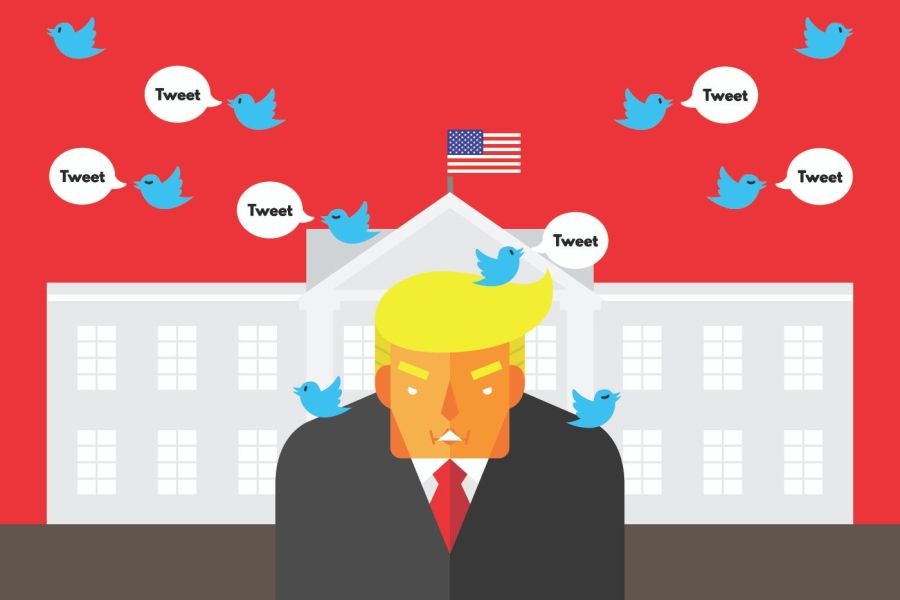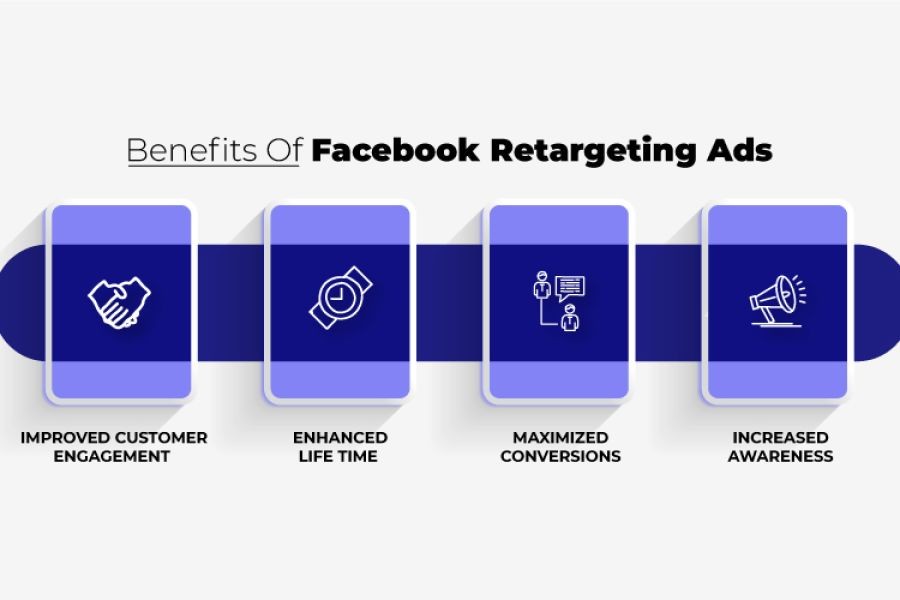In recent years, Australia’s second-hand car market has experienced a dramatic shift, with prices soaring to unprecedented levels. What was once a haven for budget-conscious buyers has now become a challenging landscape, characterized by high demand and limited supply. This article delves into the reasons behind this surge, exploring economic factors, industry trends, and potential policy implications, all while offering insights that policymakers and industry stakeholders can leverage to navigate this evolving market.
Understanding the Demand Surge: A Perfect Storm
The second-hand car market in Australia has witnessed an unparalleled rise in demand. According to the Australian Bureau of Statistics (ABS), the number of used car sales increased by 15% in 2022 compared to the previous year. This surge is attributed to several factors, such as the global semiconductor shortage impacting new car production, leading consumers to turn to the used car market. Additionally, the COVID-19 pandemic shifted consumer preferences towards private transportation, further fueling demand.
The Economic Context: Inflation and Disposable Income
Australia's economic landscape has also played a pivotal role in shaping the second-hand car market. The Reserve Bank of Australia (RBA) reported a 3.5% inflation rate in 2023, affecting consumer purchasing power. Concurrently, pandemic-induced financial uncertainty prompted many Australians to reassess their spending habits, favoring the purchase of second-hand vehicles over pricier new models. This trend is further supported by data from the Treasury, indicating a 12% increase in household savings during the pandemic, providing consumers with more disposable income to spend on big-ticket items like vehicles.
Supply Constraints: The Ripple Effect of Global Disruptions
The supply side of the equation is equally critical in understanding the price hikes in the second-hand car market. The global supply chain disruptions, particularly the semiconductor shortage, have slowed down the production of new vehicles. This bottleneck has caused a trickle-down effect, severely limiting the availability of new cars and consequently pushing consumers towards the used car market.
Local Manufacturing and Policy Implications
Australia's automotive manufacturing landscape has undergone significant changes in recent years, with the closure of major local manufacturing plants like Holden, Ford, and Toyota. This has led to increased reliance on imports, which are subject to global supply chain disruptions. The Australian Competition & Consumer Commission (ACCC) has highlighted the need for policies that could bolster local manufacturing or provide incentives for importing vehicles, potentially alleviating supply constraints.
Case Study: The Impact on Rural Australia
Case Study: Rural Australia – Navigating the Price Surge
Problem: Rural communities in Australia face unique challenges due to limited access to public transport and the necessity of reliable personal vehicles. The soaring prices in the second-hand car market have disproportionately impacted these areas, where the availability of affordable transportation is crucial for daily activities and economic participation.
Action: To address this, local governments have initiated community car-sharing programs and collaborated with non-profits to provide low-interest loans for vehicle purchases. These measures aim to mitigate the financial burden on rural residents and ensure access to essential services.
Result: After implementation, participating communities reported a 20% increase in vehicle ownership and improved access to employment opportunities. These initiatives have also encouraged other regions to adopt similar strategies.
Takeaway: This case study underscores the importance of community-driven solutions and policy support in addressing regional disparities in the second-hand car market.
Pros vs. Cons: Navigating the Complex Market Dynamics
When analyzing the second-hand car market, it's essential to weigh the benefits and challenges:
✅ Pros:
- Cost-Effectiveness: Second-hand cars offer an affordable alternative to new vehicles, especially in an inflationary economy.
- Depreciation Benefits: Used cars depreciate at a slower rate compared to new cars, offering better value for money.
- Environmental Impact: Purchasing second-hand cars reduces the demand for new car production, lowering the carbon footprint.
❌ Cons:
- Limited Selection: Supply constraints have reduced the variety of available models, forcing buyers to compromise on preferences.
- Potential for Hidden Costs: Older vehicles may require more maintenance, leading to unforeseen expenses.
- Financing Challenges: Obtaining loans for second-hand vehicles can be more difficult, with higher interest rates compared to new car loans.
Debunking Common Myths
Several myths persist about the second-hand car market, which need clarification:
- Myth: "Second-hand cars are unreliable." Reality: Many second-hand cars are well-maintained, offering exceptional reliability and longevity, especially models with comprehensive service histories.
- Myth: "Used cars are always cheaper." Reality: In the current market, some used cars have appreciated in value due to supply constraints, occasionally exceeding the cost of new models.
- Myth: "Only old models are available." Reality: The market includes a wide range of relatively new vehicles, often lease returns, offering modern features at a reduced price.
Biggest Mistakes to Avoid
To navigate the second-hand car market successfully, buyers should avoid these common pitfalls:
- Overlooking Vehicle History: Failing to check a car's history can result in purchasing a vehicle with hidden issues. Use services like CarHistory to verify details.
- Ignoring Market Trends: Not staying informed about market trends can lead to overpaying. Regularly check platforms like CarsGuide for pricing insights.
- Skipping Professional Inspections: Avoid the mistake of not having a vehicle professionally inspected before purchase to ensure its condition and value.
Future Trends & Predictions
Looking ahead, several trends are poised to shape the future of the second-hand car market:
- Increased Focus on Electric Vehicles (EVs): As EV adoption rises, the market for second-hand EVs is expected to grow, driven by government incentives and environmental concerns.
- Digital Transformation: Online platforms are becoming central to the buying process, offering virtual showrooms and AI-driven price analytics for better consumer decision-making.
- Policy Interventions: Government policies aimed at supporting local manufacturing and imports could stabilize supply, easing price pressures in the medium term.
Conclusion
The dynamics of Australia’s second-hand car market are complex, shaped by a combination of global disruptions, economic factors, and consumer behaviors. For policymakers and industry stakeholders, understanding these elements is crucial to formulating effective strategies that address current challenges while anticipating future trends. By leveraging data-driven insights and community-focused solutions, stakeholders can ensure a more balanced and accessible market for all Australians.
What’s Next? Share your thoughts on how the second-hand car market impacts your community or business, and join the conversation to explore collaborative solutions that benefit all sectors.
People Also Ask (FAQ)
- How does the second-hand car market impact Australia's economy? The market supports consumer spending and offers affordable transportation, crucial for economic participation, especially in rural areas.
- What are the biggest misconceptions about second-hand cars? One common myth is that used cars are unreliable; however, many offer robust reliability with proper maintenance.
- What strategies can help navigate the second-hand car market? Experts recommend verifying vehicle history, staying informed on pricing trends, and opting for professional inspections before purchase.
Related Search Queries
- Why are second-hand cars expensive in Australia 2023?
- Impact of semiconductor shortage on car prices
- Second-hand car market trends Australia
- Government policies affecting car imports
- Future of electric vehicles in Australia
- How to buy a used car in Australia
- Best platforms for second-hand cars in Australia
- Car price comparison Australia
- Economic impact of the automotive industry in Australia































Great Speech
3 months ago